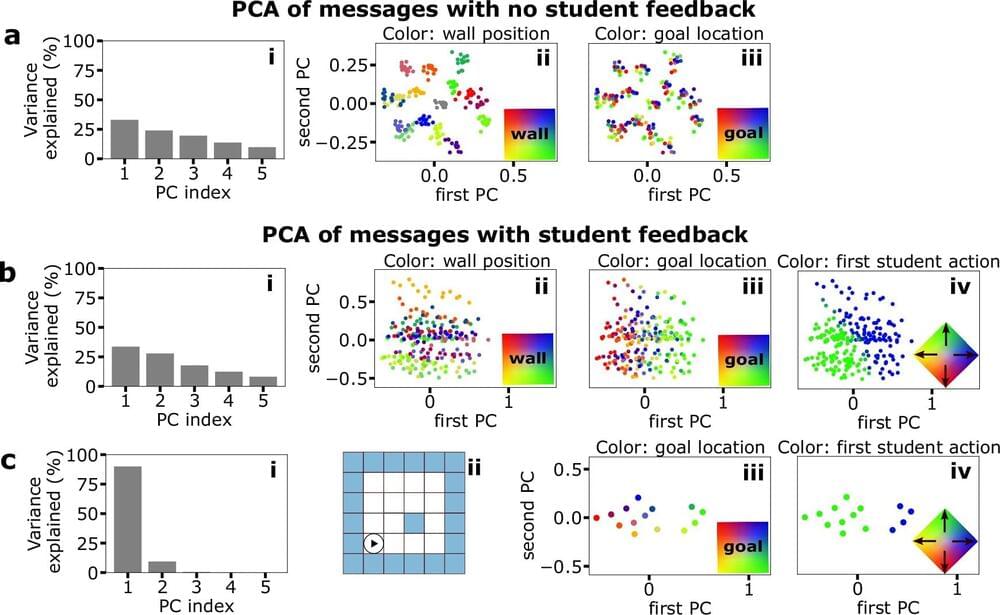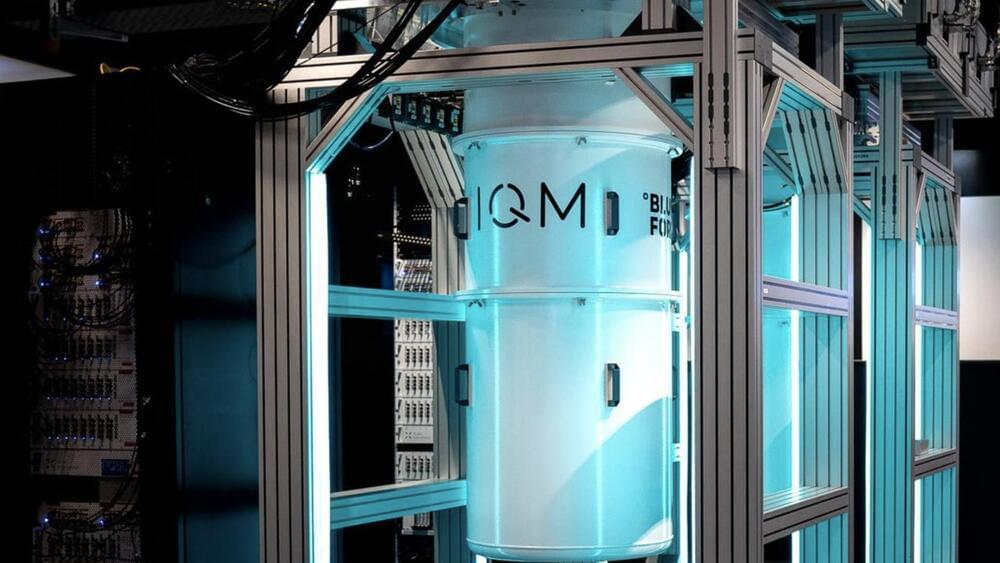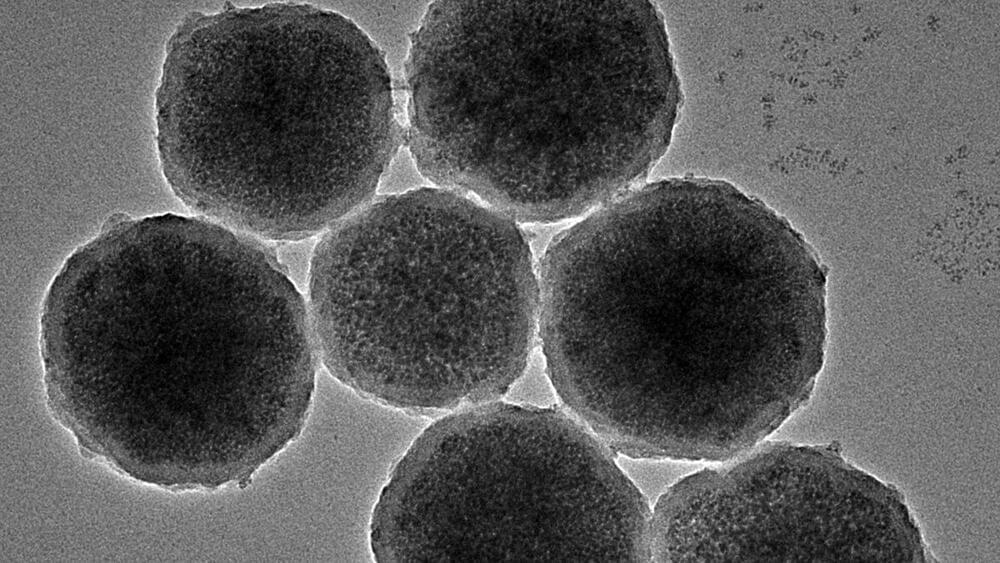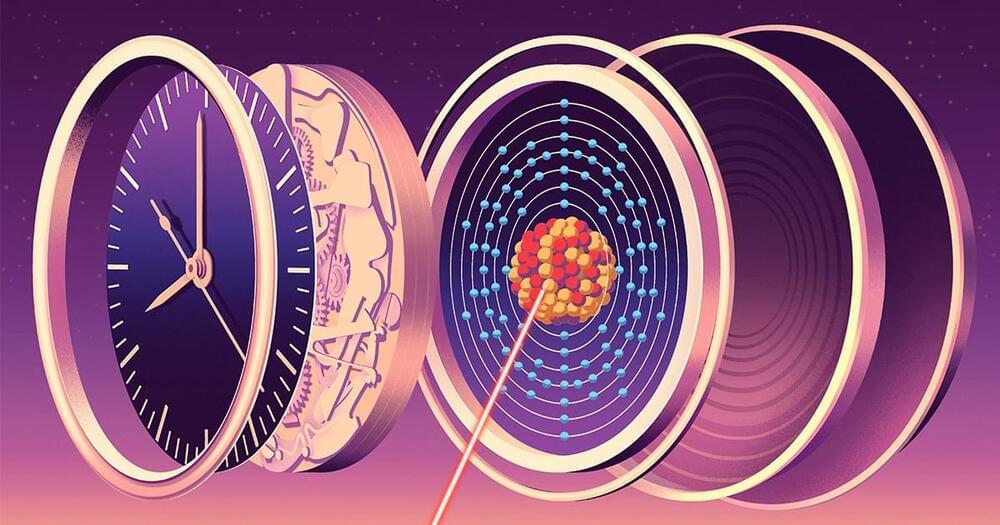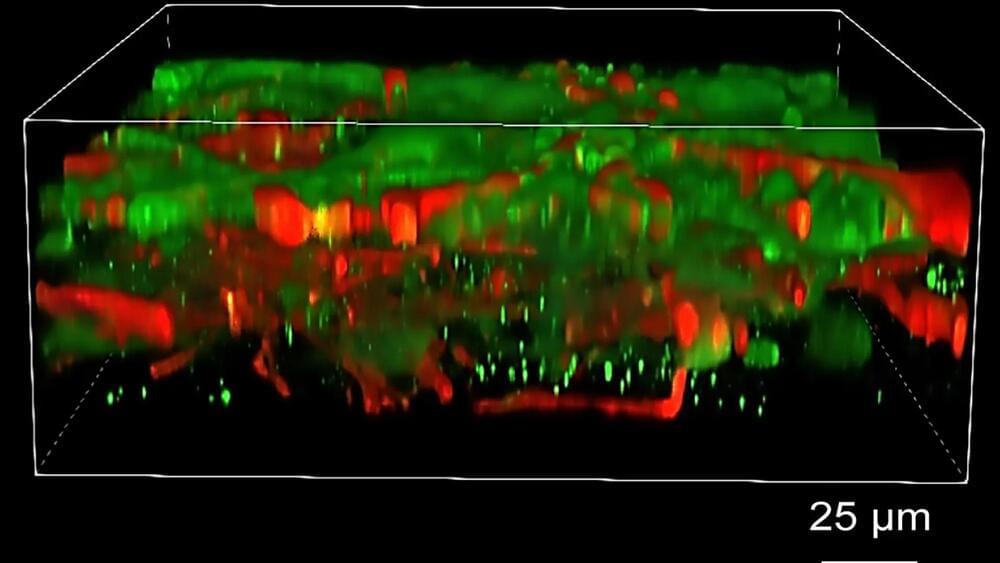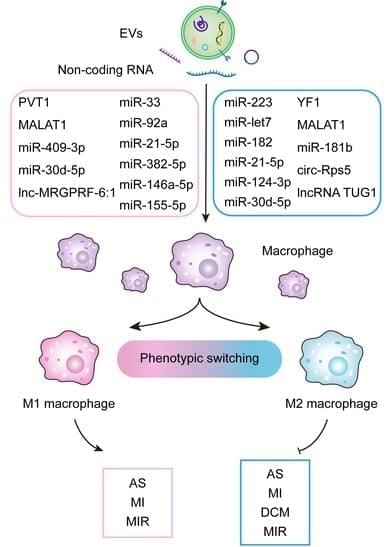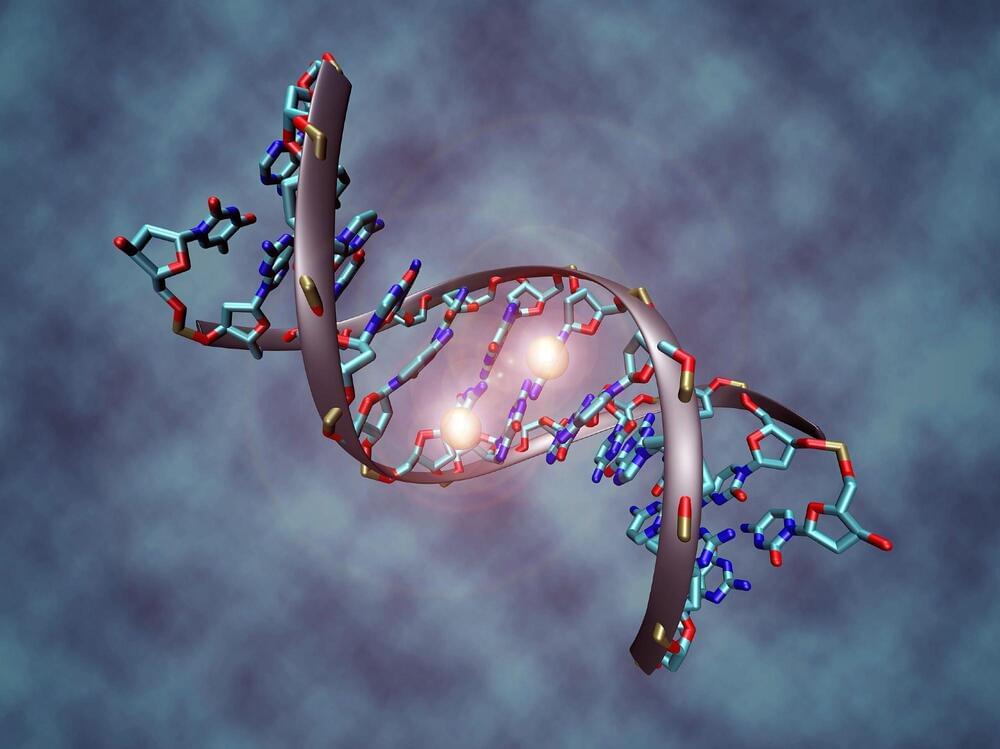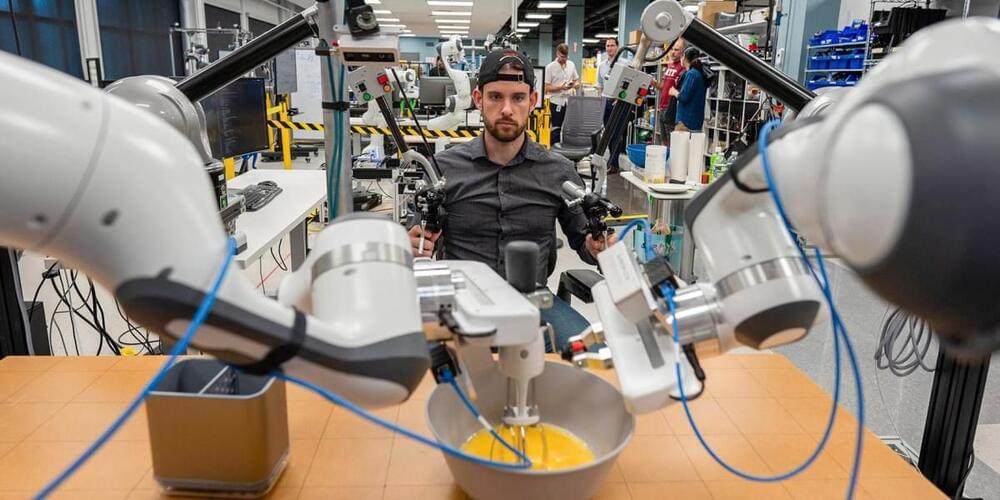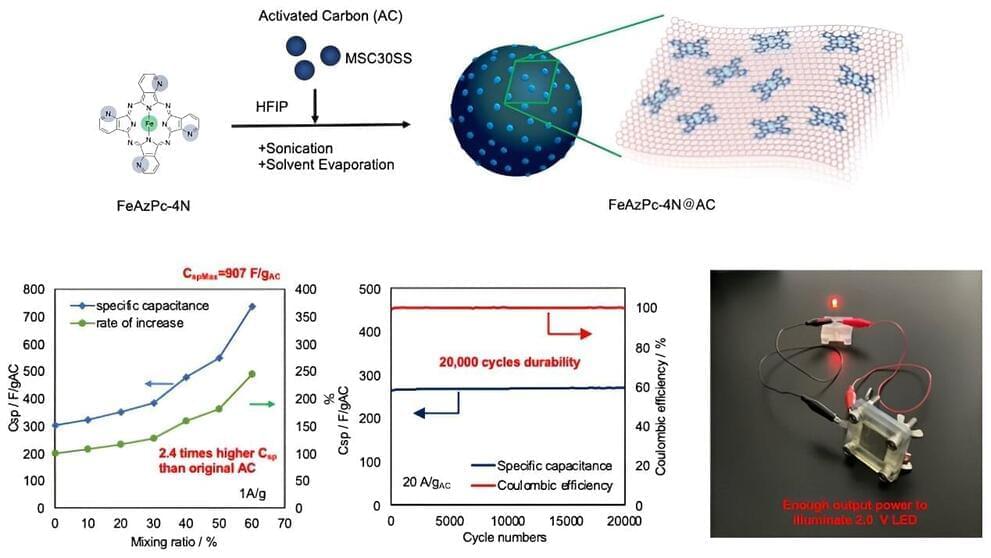Across all species, critical skills are passed on from parents to offspring through communication. Researchers at the University Hospital Bonn (UKB) and the Researchers at the University of Bonn showed that effective communication relies on how both the sender and receiver represent information. Their study reveals how this process underlies training efficacy and task performance. Their results have been published in the journal Nature Communications.
Communication—be it through sounds, smells or movements—is crucial for survival. Its social aspect is fundamental to cognition, as our task descriptions in the brain are shaped not only by sensory experiences, but also by the information communicated to us.
“We know from our everyday lives that social communication is essential to our learning abilities in the real world, which is summed up by the saying ‘teaching is learning for the second time,” says Prof. Tatjana Tchumatchenko, from the Institute of Experimental Epileptology and Cognition Research at the UKB and member of the Transdisciplinary Research Area (TRA) “Modelling” at the University of Bonn.
